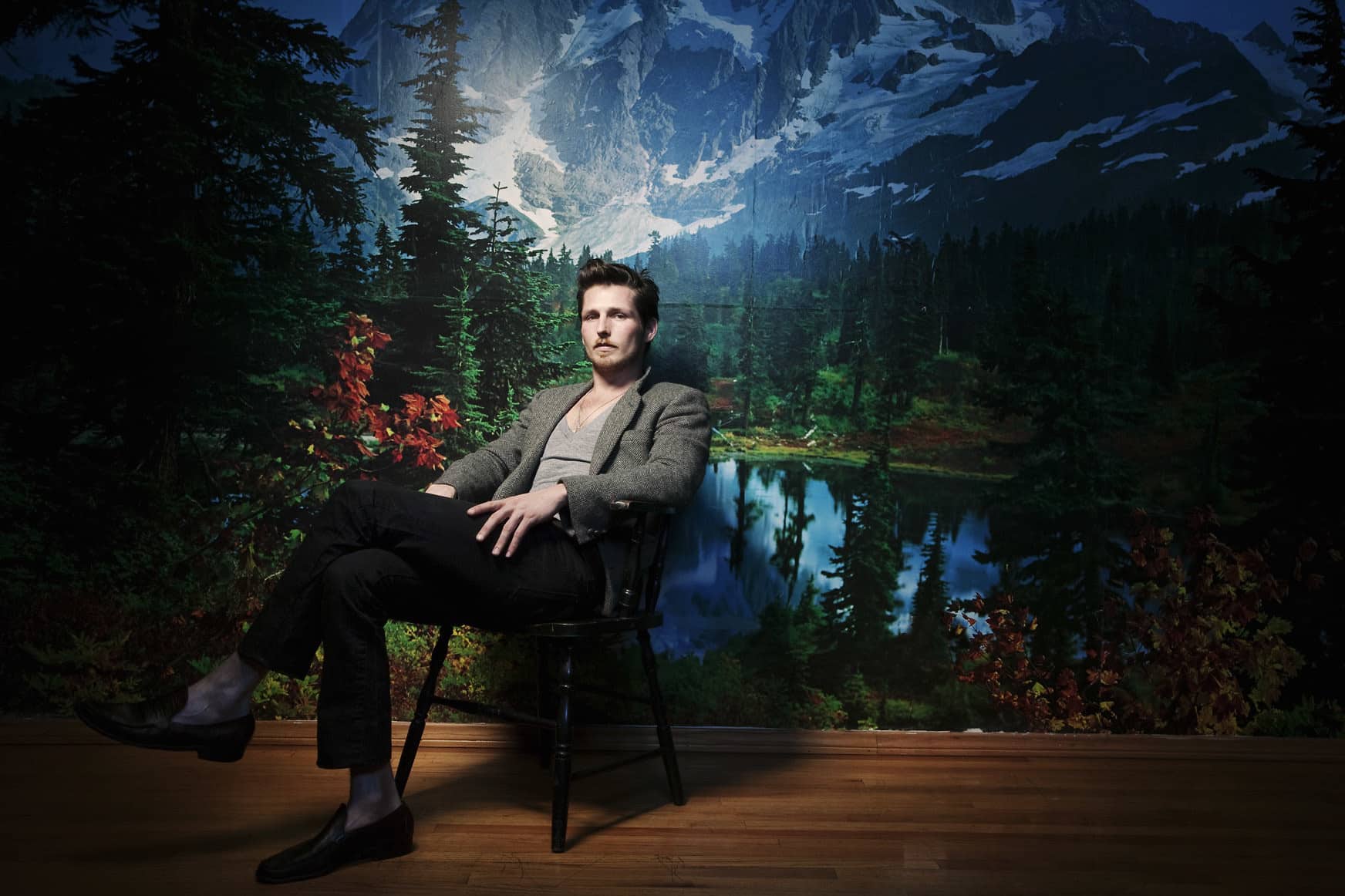Historically and through to the present moment, primary school teachers have been conceptualized as women wearing miniature crayon earrings, “zany” long dresses, and several pairs of glasses. This cliche is tied up with a North American work culture that undermines the profession of teaching as somehow being a “soft” career path—and thus, say our social norms, a career path best suited to women.
This cliche developed out of changes in the early 19th century that produced a feminization of teaching, as detailed by Nancy Hoffman in Woman’s True Profession, a portrait of women teachers between 1830 and 1920. According to Hoffman, industrialization and urbanization in North America led men into higher-paid and more technologically advanced jobs involving the stock market, factories, and urban planning. This opened up room—and created the need— for women to fill previously male-dominated teaching roles, like teaching. With women at the head of the classroom, the position gradually took on the cast of being an extension of mothering, and (like mothering), suffered from inadequate benefits and pay.
Couched in this history, education as a college major became largely occupied by women students, with men more likely to pursue majors in science, technology, or business. But this trend appears to finally be changing. Looking at data compiled from the U.S. Census Bureau showing the distribution of college majors from 1975 to 2015, career platform Zippia found that education majors have shrunk from 21.6% of all majors down to 7.6% . This change has largely been accounted for by the fact that women education majors have dropped significantly. In fact, women education majors have dropped from 32.4% of the distribution down to 10.7%—but the rates of women in every other major have increased. Women are attending college in record numbers, and they’re studying a wide variety of subjects. But far fewer of them are choosing to pursue a path to teaching.
This decrease in women choosing to major in education finds context in contemporary pushes to get women into STEM roles, as well as business- and finance-oriented professions. Increasing gender diversity in these fields can only be a positive change. But even beyond this gender shift, the movement away from education majors might perhaps also be part of a larger university trend towards prioritizing “career-ready” STEM studies over the humanities. For example, a University of Wisconsin campus recently announced plans to drop a wide range of humanities and social sciences majors, including English and history, in favor of programs like marketing and finance. If schools are moving to prioritize programs with supposed higher earning potential, it’s easy to see why education could fall by the wayside.
Given this decreased interest in studying education, the question emerges of who will occupy teaching roles in the years to come. If women and men alike are putting the brakes on becoming educators, the teaching profession is shaping up to become bankrupt. Indeed, this issue looms large not only for the future of education, but also for a myriad of other professions—in fields ranging from child care to the arts—that have been overshadowed and underpaid next to those coveted STEM jobs.












